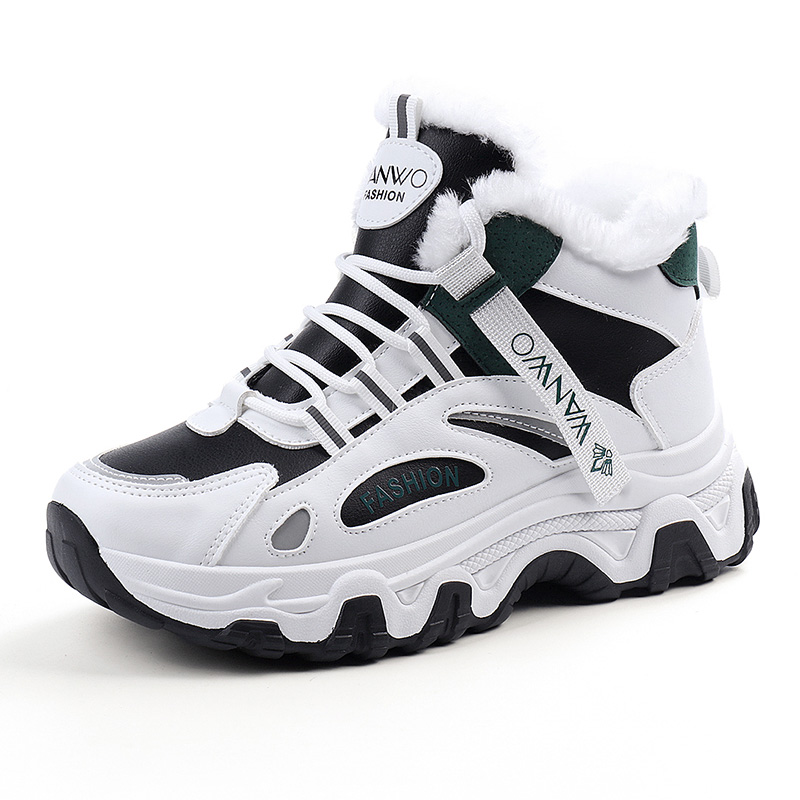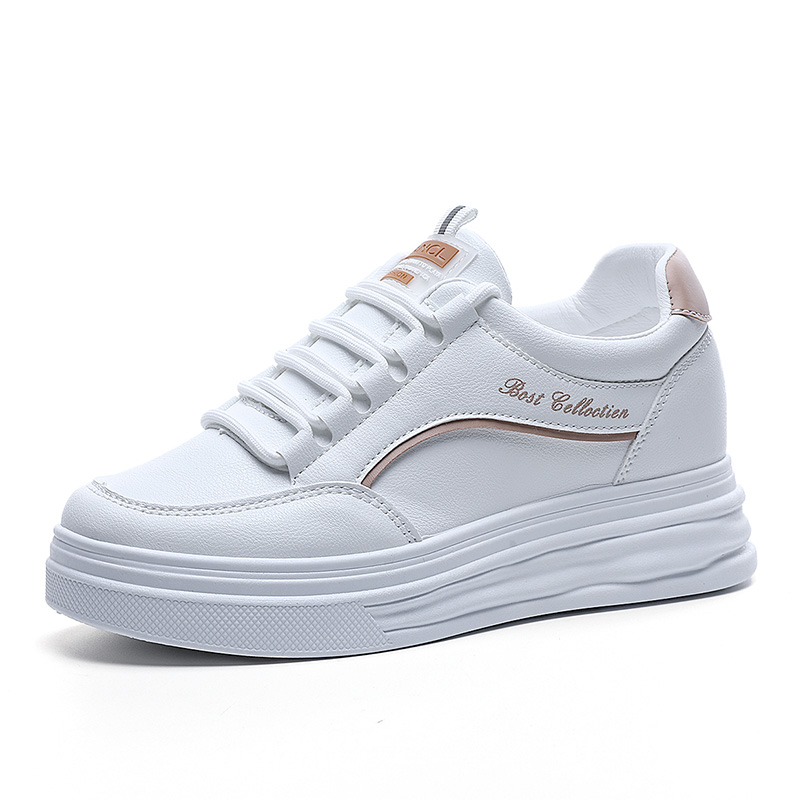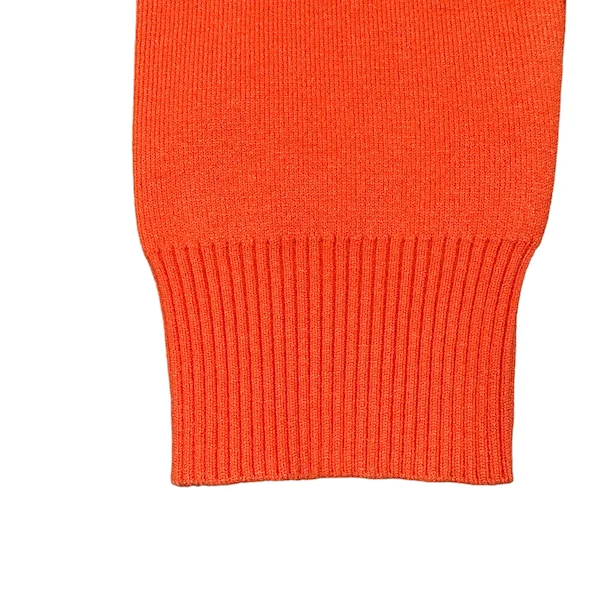Sun-Resistant Fabrics: Unveiling the Colors That Stand the Test of Time
3 min readWhen it comes to outdoor living, whether it’s patio furniture, awnings, or outdoor apparel, the longevity of fabric in sunlight is a critical consideration. The sun's ultraviolet (UV) rays can cause fading, degradation, and a general decline in the aesthetic and functional qualities of textiles. Understanding which colors and types of fabrics resist this deterioration can help consumers make informed choices that enhance the durability of their outdoor investments.
The Science of UV Resistance
Before diving into color specifics, it’s essential to understand the science behind UV resistance. Fabrics are composed of various fibers, each with unique properties. Natural fibers like cotton and linen are generally less resistant to UV rays compared to synthetic fibers such as polyester and acrylic. The latter are often treated with UV stabilizers that enhance their ability to withstand sun exposure.
Color Matters: The Role of Pigmentation
The color of a fabric plays a significant role in its longevity under sunlight. Darker colors tend to absorb more heat and UV radiation, leading to faster degradation. Conversely, lighter colors reflect sunlight, which can help mitigate the damaging effects of UV exposure. However, not all light colors are created equal.
- White and Light Colors
White fabrics are often the best choice for longevity in the sun. They reflect the majority of UV rays, which minimizes fading and degradation. Light colors such as beige, light gray, and pastel shades also perform well, although they may not be as effective as pure white. However, it’s important to note that while lighter colors resist fading, they may show dirt and stains more readily, which can affect their appearance over time.
- Darker Colors: The Trade-off
While darker colors like navy blue, forest green, and burgundy can provide a rich aesthetic appeal, they are more susceptible to fading. However, advancements in dye technology have led to the development of UV-resistant dyes that can enhance the longevity of darker fabrics. For instance, a deep blue fabric treated with UV inhibitors may last significantly longer than untreated counterparts.
Fabric Composition: A Key Factor
In addition to color, the composition of the fabric is crucial. Synthetic fabrics, particularly those made from polyester and acrylic, are engineered to resist UV rays better than natural fibers. For example, solution-dyed acrylic fabrics are known for their exceptional colorfastness and resistance to fading, making them ideal for outdoor use.
The Importance of Fabric Treatments
Many manufacturers now offer fabrics that have been treated with UV inhibitors or stabilizers. These treatments can significantly enhance the longevity of both light and dark fabrics. When shopping for outdoor textiles, look for labels that specify UV resistance or colorfastness ratings.
Practical Applications: Choosing the Right Fabric
When selecting fabrics for outdoor use, consider the following:
- Purpose: Are you looking for upholstery, awnings, or clothing? Each application may have different requirements for durability and colorfastness.
- Location: Fabrics exposed to direct sunlight for extended periods will require more robust UV protection.
- Maintenance: Regular cleaning and care can prolong the life of outdoor fabrics. Consider how easy it is to clean the fabric without damaging its color or integrity.
Conclusion: Making Informed Choices
In summary, when it comes to choosing fabrics that will last in the sun, lighter colors generally outperform darker shades in terms of UV resistance. However, advancements in fabric technology and treatments can enhance the durability of darker colors. By considering both color and fabric composition, consumers can make informed choices that ensure their outdoor textiles remain vibrant and functional for years to come.



